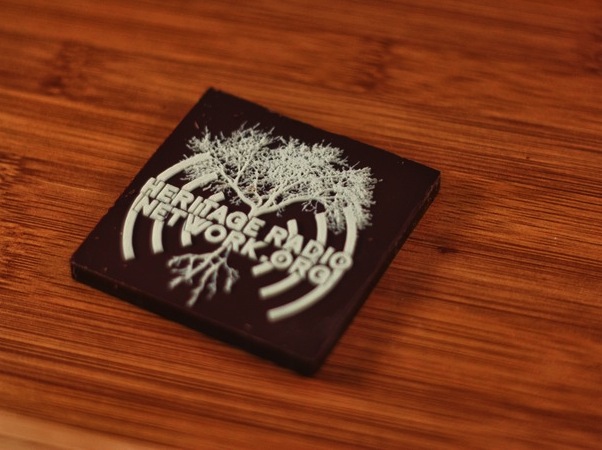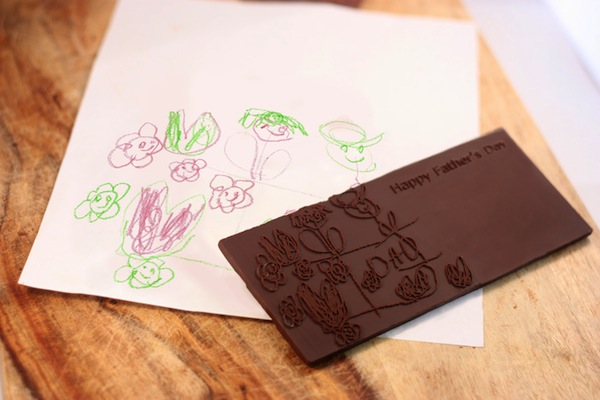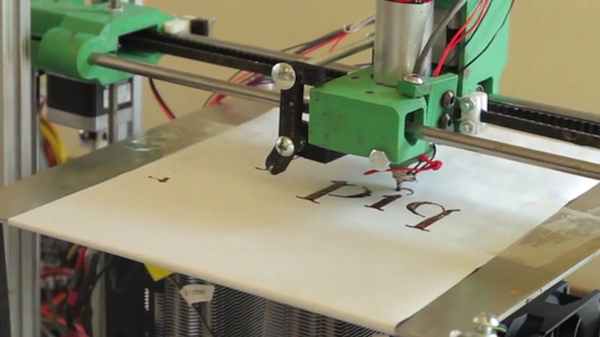Piq Kickstarter Aims to 3D Print Custom Chocolates
A 3D-printer guru dreams of a giant, chocolate grandfather clock — but settles for candy bars with custom designs for now.


It all started with a late-night idea in a college dorm back in 2004.
"I said, I want to build a grandfather clock made out of at least 90 percent chocolate," recalled Levi Lalla.
He'd used 3D printers, laser cutters and other rapid prototyping equipment as an undergrad at MIT, studying mechanical engineering. But access to the equipment was limited, Lalla, now based in Austin, Tex., told Tom's Guide.
MORE: 5 Coolest 3D Printers of Maker Faire 2013
One weekend, he sat down to make a budget. "I was thinking I could make my own 3D printer. ... I'd need 30 grand to make it happen."
Fast-forward a few years. 3D printing technology has gotten a lot cheaper, and 3D printers have become a consumer technology. Lalla was having coffee with an investor, who asked, "What's the most outlandish idea you ever had?" Lalla recalls. He told the investor about the clock.
Inspired, Lalla started tinkering. After creating a 3D chocolate printer, Piq Chocolates was born.
Get instant access to breaking news, the hottest reviews, great deals and helpful tips.
Lalla, now 30, and his business partner, Donovan Crowley, 34, have recently launched a $25,000 Kickstarter campaign to make custom-designed chocolates a reality. For now, 3D-printed chocolate grandfather clocks are not an option. Piq is sticking to chocolate bars with raised designs. But consumers can upload any shape they want, from a company logo to a child's drawing.

Despite the minor success of Lalla's homemade chocolate 3D printer, Piq is not directly 3D printing candy. "[3D printing chocolate is] really slow. You have to wait for each layer to solidify before you can put down the next layer," Lalla said. In order to solve that problem, Lalla said, he could have used filler, but that makes the chocolate waxy. "You can extrude it out like toothpaste," he said.
Instead, Piq uses 3D printing to quickly create food-grade plastic and silicone molds. All the sample chocolates in the Kickstarter campaign were made with molds using Piq's process — even chocolates with complex details such as a one-inch square with an intricate image of a tree. (Lalla wouldn't discuss specifics of the technology since he is in the process of filing for patents on the rapid prototyping tools the company uses.)
As of press time, Piq has raised about $7,000 towards its $25,000 Kickstarter goal, with 27 more days to go.
Rachel Kaufman is a tech, science and business journalist. Follow her @RKaufman. Follow us @tomsguide, on Facebook and on Google+.

Tom's Guide upgrades your life by helping you decide what products to buy, finding the best deals and showing you how to get the most out of them and solving problems as they arise. Tom's Guide is here to help you accomplish your goals, find great products without the hassle, get the best deals, discover things others don’t want you to know and save time when problems arise. Visit the About Tom's Guide page for more information and to find out how we test products.
-
michaelssw LinkyReply
http://www.kickstarter.com/projects/43884669/build-a-production-space-and-storefront-for-piq-ch
Pledge money: Chocolate
Pledge lil mo money: More Chocolate
Pledge some mo money: Decent amout of chocolate
Pledge all yo money: Mounds of chocolate
So I'm basically just ordering chocolate with a 2+ month delievery time. No gizmos or such being sold. -
facebook17 Hi friendsReply
it very new news for all person who are not working.you can easily work at your home please visit this site. WWW.MAX47.COM
Thanks for watching.
